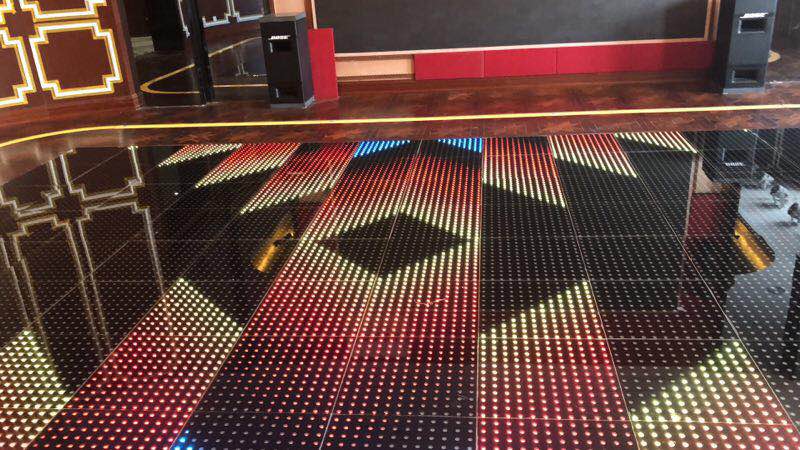Enhancing Ingenuity With Color Principles in Light Emitting Diode Movement Floor Layouts
Enhancing Ingenuity With Color Principles in Light Emitting Diode Movement Floor Layouts
Blog Article
Color theory is an crucial element of design, particularly as it comes to creating light-emitting diode dancing floors. The interplay of colors can significantly affect the mood and energy of a space. Through grasping how colors function together, designers can craft an environment that improves the total encounter for participants. This piece examines the basics of color theory and its application in light-emitting diode dancing surface designs.
The primary colors are red, azure, and golden. These hues cannot be created by mixing different colors combined. Intermediate hues, such as green, orange, and purple, are created by combining primary colors. Tertiary colors are created by combining a main hue with a intermediate hue. Grasping these basic relationships helps designers choose hues that enhance one another and create a visually pleasing display. Combining these colors on an light-emitting diode dancing surface can lead to dynamic and exciting outcomes that attract the focus of participants.
Color temperature also plays a crucial role in aesthetics. Hues can be classified as hot or chill. Hot look here colors, such as red, orange, and golden, often to elicit emotions of excitement and warmth. In contrast, chill hues like azure, green, and purple typically generate a serene and tranquil environment. Designers can use these color values to set the mood for different types of occasions. For example, a celebration atmosphere may gain from warm colors that energize the crowd, while a more calm occasion might employ cool colors to offer a soothing influence.
In furthermore to hue combinations and temperature, luminosity and intensity are vital elements to consider. Brightness denotes to how light the original source or dark a hue looks, while intensity measures the intensity of a color. Bright, intense hues can generate a vibrant and lively atmosphere, ideal for dance floors. On the other hand, gentler, lower saturated colors can create a further subdued environment. Through adjusting brightness and saturation, creators can attract focus to particular areas of the dancing floor or create sight routes, guiding dancers through the venue.
Ultimately, it is essential to consider the emotional effects of color in light-emitting diode dance floor layouts. Various colors can evoke different emotions and reactions. For example, red is often linked with passion and energy, while blue can be soothing and tranquil. Understanding these associations allows creators to strategically apply hues to influence the behavior of participants. Through incorporating hue theory into light-emitting diode dancing floor designs, creators can improve the total experience, rendering it unforgettable and enjoyable for everyone participating.